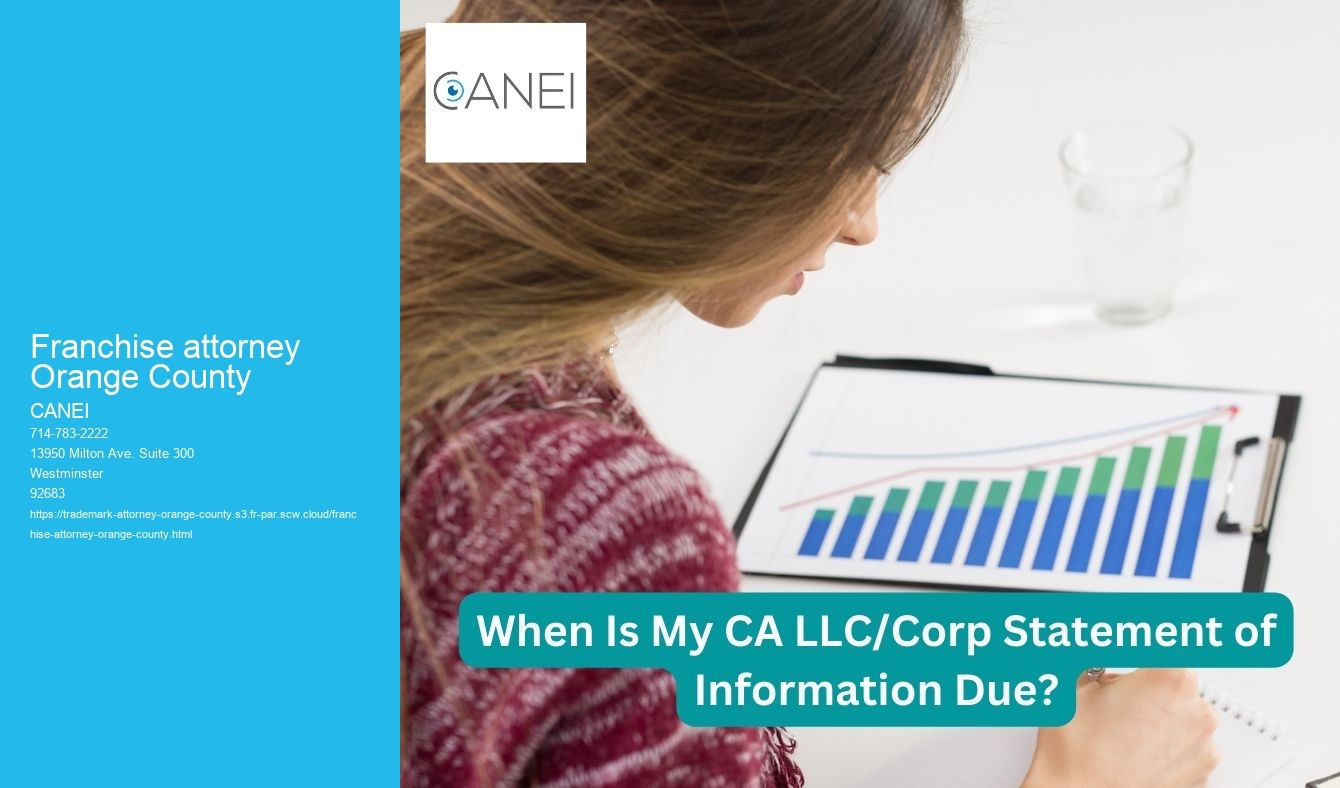Mastering Hallmark Clearance Searches: A Step-by-Step Guide for Dealing With Your Attorney
Intro:
Trademark clearance searches are vital steps in the process of safeguarding and protecting your brand name identification. Franchise attorney Orange County . Conducting these searches with the advice of a skilled attorney ensures that your hallmarks are not infringing on existing civil liberties and assists minimize possible legal dangers. In this comprehensive guide, we'' ll walk you through the procedure of conducting trademark clearance searches effectively with your attorney.
Understanding Hallmark Clearance Searches:
Before diving right into the procedure, it'' s essential to recognize the objective of hallmark clearance searches. These searches intend to identify existing trademarks that might conflict with your own. By revealing prospective conflicts early on, you can prevent legal disputes and the pricey effects that feature them. Your attorney will certainly play an essential function in guiding you with this elaborate process.
Action 1: Specify Your Trademark:
Start by clearly defining your hallmark.
Franchise attorney Orange County - engagement letter
- general
- trademark filing
- trademarking process
Action 2: Determine Pertinent Courses:
Trademarks are categorized into certain classes based upon the sort of goods or solutions they represent. Your attorney will aid you establish which courses pertain to your trademark and perform searches within those categories. This guarantees detailed coverage while concentrating your initiatives on locations directly influencing your service.
Action 3: Conduct Initial Searches:
Preliminary searches involve scanning existing databases for hallmarks that might conflict with yours. Your attorney will certainly use customized tools and data sources to execute these searches successfully. These databases consist of the United States License and Trademark Office (USPTO) data source, state hallmark databases, and global data sources where appropriate.
Step 4: Analyze Search Results:
Once initial searches are complete, your attorney will certainly assess the results to determine prospective disputes. This entails evaluating the similarity between your hallmark and existing marks, thinking about elements such as spelling, enunciation, and total perception. Your attorney will certainly likewise review the toughness of existing hallmarks and their likelihood of creating confusion.
Step 5: Analyze Threat and Strategize:
Based on the analysis of search results, your attorney will certainly examine the level of risk associated with progressing with your hallmark. If prospective disputes are identified, your attorney will certainly create techniques to minimize these risks. This may include modifying your hallmark, discussing with existing trademark owners, or pursuing alternate branding choices.
Action 6: Comprehensive Clearance Browse:
Sometimes, a much more thorough clearance search may be needed to discover possible problems that might have been missed out on throughout initial searches. general Your attorney will certainly perform a comprehensive search, using added sources and strategies to make certain detailed insurance coverage. This action offers an added layer of protection against future legal challenges.
franchise lawAction 7: Assessment and Decision Making:
Throughout the procedure, your attorney will offer guidance and suggestions based upon their competence in trademark law. They will certainly provide the findings of the clearance searches and recommend the best strategy based on your organization purposes and run the risk of resistance. Ultimately, the decision to proceed with your hallmark registration depends on your hands, informed by the insights offered by your attorney.
Conclusion:
Performing hallmark clearance searches with your attorney is a crucial element of shielding your brand name identity and minimizing legal risks. By following these actions and leveraging the knowledge of your attorney, you can browse the complexities of trademark law with confidence. Keep in mind, spending time and sources in comprehensive clearance searches in advance can conserve you from costly legal fights in the future, ensuring the long-lasting success of your service.
